Making things with your hands is an experience that humans revel in. While everyone might not be great at crafts or building, there’s a unique pleasure that comes from investing time in creating something that you couldn’t get anywhere else.
Reviving Crafts and Slow Practices
This is an experience that, in the last fifty or so years, has unfortunately faded some from the general world experience. The world is faster, and people are working long hours, meaning there’s significantly less time to cultivate hobbies like making things with your bare hands.

Social media has helped to revive some of these old practices a little, to many people’s surprise. The #homemade, #slowfashion, and #homesteading hashtags have showcased people reverting back to old ways of making and living, showing the world at large the simple pleasure that can come from leaning into a slower way of life.
Pandemic Changing the World
This was made especially apparent in 2020. The pandemic changed the world, and not just because entire countries closed their borders in order to try and stop the spread of a disease. It changed individual people’s lives, too.

The coronavirus pandemic saw states and cities shutting down, sending people home with pay or changing the way their businesses operated so that people had to interact with each other less. This created some unanticipated mental health affects, yes, but there were also some significantly positive changes to American culture and people’s behavior as well.
Exploring New Hobbies
Because, instead of sitting around and moping about all the things that they could no longer do, many people turned to life experiences that they had been denying themselves. Individuals suddenly found themselves with massive amounts of time on their hands, and it allowed people to explore new hobbies and find out what made them happy to engage in all over again.

Some people started exercising, and learned what types of movements made their body feel good. Some people ordered puzzles online, or craft supplies to learn a new skill. And some others turned to their homes, looking at ways they could implement home improvement while keeping as isolated as possible.
Home Improvement Projects
Prior to the pandemic, many people would have hired out these small self-improvement projects that were suddenly staring them in the face, glaring in the way that they had been ignored for months or years. They might have been small projects, like painting the walls or changing out the hardware on the cabinets.
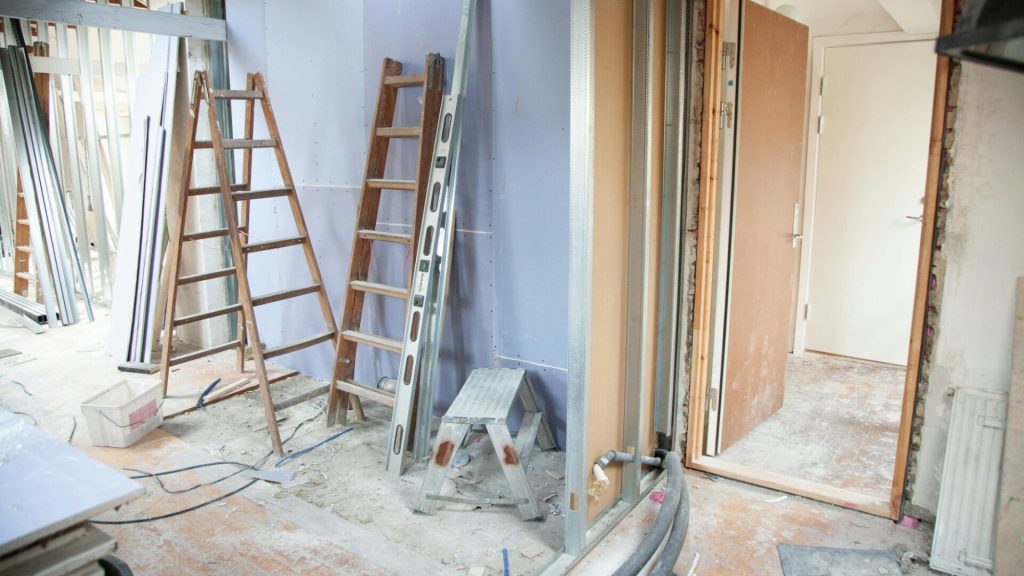
Many went further into the DIY home improvement space during the pandemic, though, faced with hours of time alone and nothing better to do. They replaced flooring, added new decks to their outdoor spaces, or maybe even dug in to do an entire kitchen remodel.
Using Extra Money Wisely
Stimulus checks that were distributed by the United States government are part of why many of these projects were able to be executed. Many people took their stimulus checks and used them to pay off debts and pay their bills, but some people took the money and used it to improve their lives beyond the immediate needs of the day.
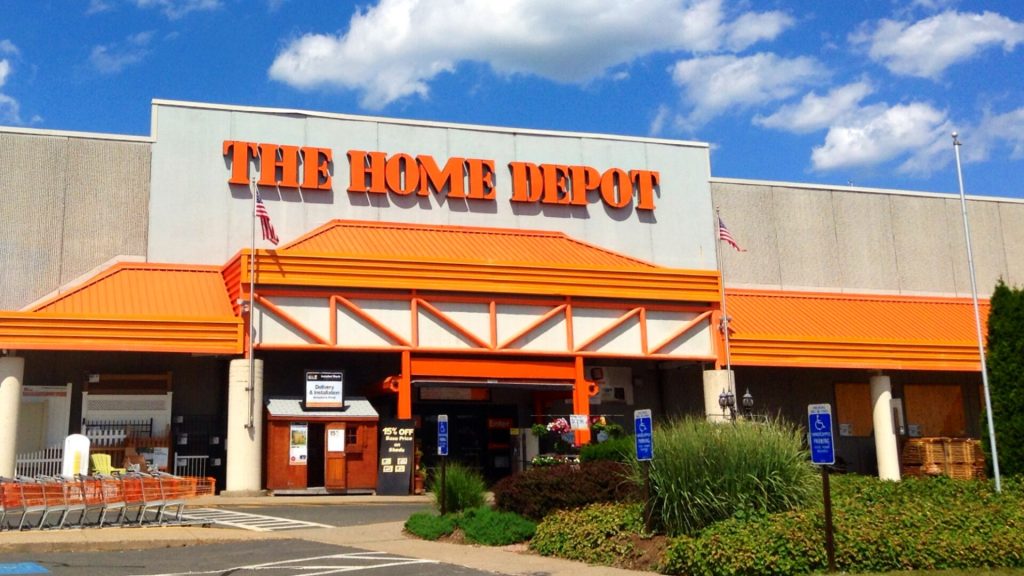
For those individuals, these projects were made possible with the convenience of stores like Lowes and The Home Depot. Home Depot, in particular, is a highly convenient option for DIY-er’s, with more than 2,300 stores currently in operation across the United States.
Massive Growth During COVID
Home Depot saw massive growth of the company during the pandemic. After things started to recover, though, and things went back to normal, the housing market boomed, and professional labor got back to work.

That’s not to say that the chain suffered. It benefited from the new book of professional labor too, even as people went back to work and let their home improvement projects fall back on the back burner. Since 2020, the stock of Home Depot has almost doubled, and is maintaining that level.
Growing Consumer Base
A growing consumer base is always a good thing for a store, especially as inflation hits and forces individual customers to look at the expenses. Extracurricular expenses like home improvement and crafts are usually the first things on the chopping block when people are considering ways to trim their budget.
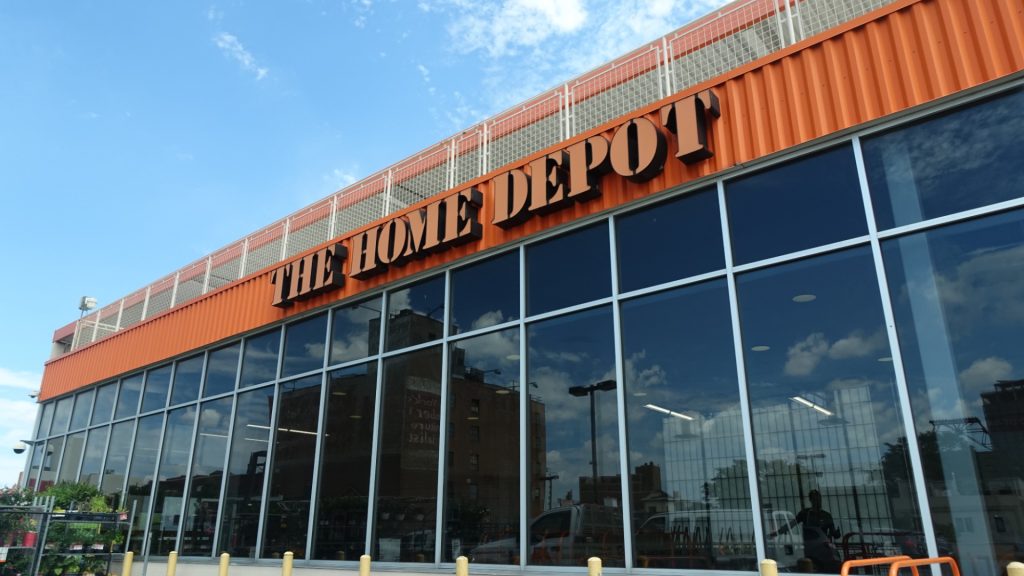
That is why, in recent quarters, Home Depot has made a concerted effort to pivot its focus to professionals. Contractors, home improvement professionals, businesses, remodelers, and designers have always been a part of Home Depot’s core business, and tend to contribute more routine business.
Opening Distribution Centers Across the US
In pursuit of that branch of business, in March Home Depot announced that it would be opening up distribution centers across several key areas in the United States, specifically for home improvement professionals.

These centers are meant to focus more on bigger projects rather than small, individual DIY activities. They’ll be about five times larger than the average Home Depot store, making it easier for professionals to navigate the centers and pick up more supplies.
An Enormous Acquisition
This was not the only announcement that Home Depot has come out with, though. On Thursday, Home Depot said that it was making its largest acquisition yet, to further its foothold in the contracting arena.
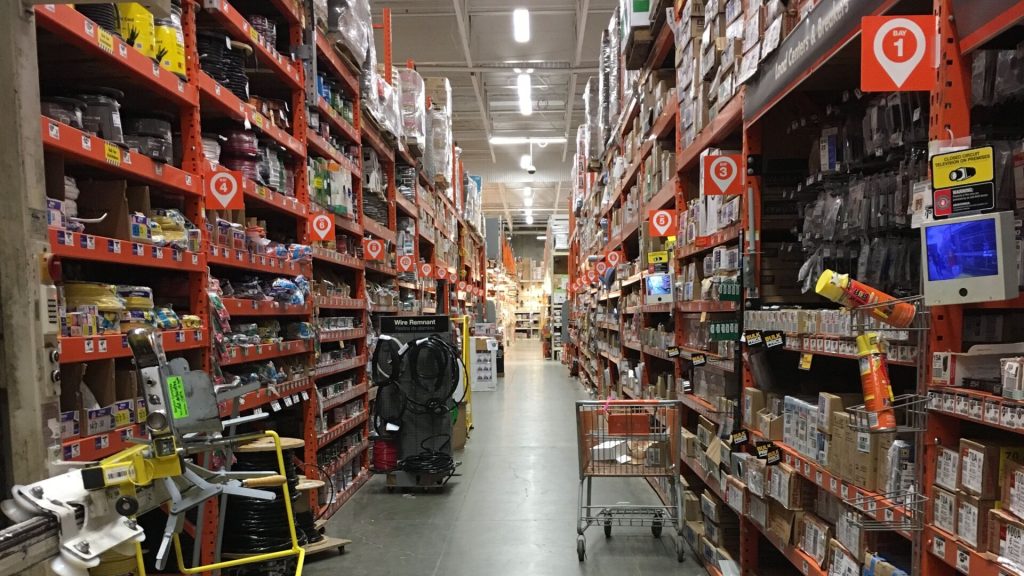
Home Depot agreed to acquire SRS Distribution of McKinney, Texas, for $18.25 billion. SRS Distribution provides goods and materials for home improvement contractors, like landscaping tools, roofing supplies, lumber, and pool materials.
Fueling Company Growth
The company employs about 11,000 people, and operates 760 branches across 47 states. The acquisition is expected to close in January of 2025, much to the pleasure of Home Depot’s executive branch.

“Growing our share of the wallet with the pros will fuel Home Depot’s next great growth chapter,” said a Home Depot spokesperson. “SRS will help us better sell the whole project, and capture a new customer that we haven’t traditionally served,” he finished.
Sales Down in 2023
This announcement comes after the Q4 earnings call, which revealed that Home Depot sales were down 3% from a year before as individual shoppers pulled back on their expenses. Changing direction, and focusing on a steadier growth trajectory is likely to bolster the retailers sales this year, and in coming years.

“After three years of exceptional growth for our business, 2023 was a year of moderation,” Home Depot Chief Executive Ted Decker said on the earnings call. “It was also a year of opportunity,” he finished.
Efforts to Attract Professionals
Decker also praised the deal in an interview that he did on CNBC. He described the deal as “a complementary accelerator” to its efforts to attract more professionals as clients of Home Depot. He also said that the deal increases Home Depot’s total addressable market by $50 billion.
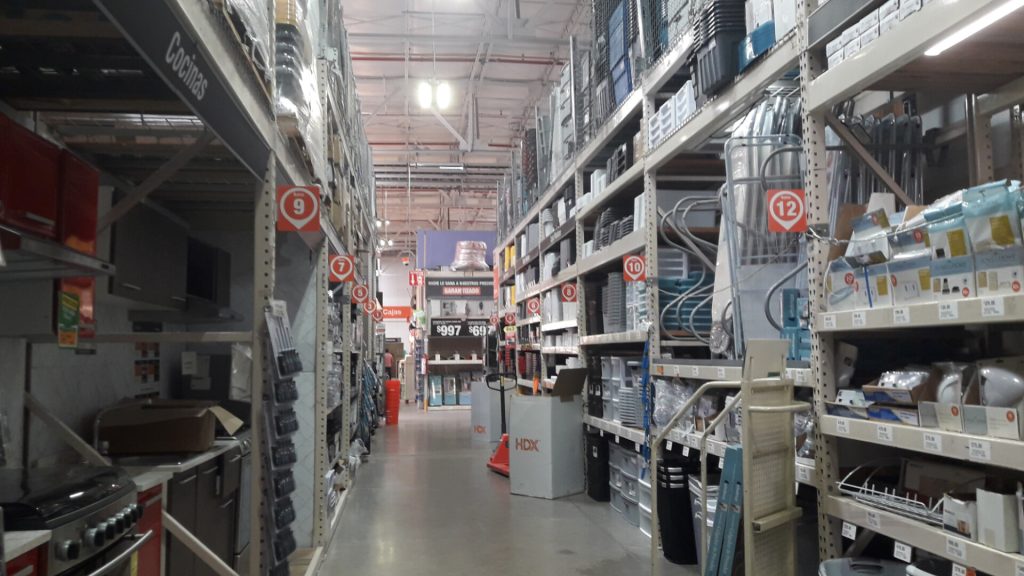
This is merely the latest acquisition that Home Depot has made in the professional space. These include the $8 billion acquisition of HD Supply in 2020, as well as the acquisitions of International Designs Group and Temco, both of which were acquired for undisclosed amounts.
Opening a Dozen New Stores
Home Depot plans on opening about a dozen new stores during the fiscal year, and is confident that the merger with SRS will be approved by federal regulators. This comes as regulators are examining mergers more carefully, looking to prevent monopolies.
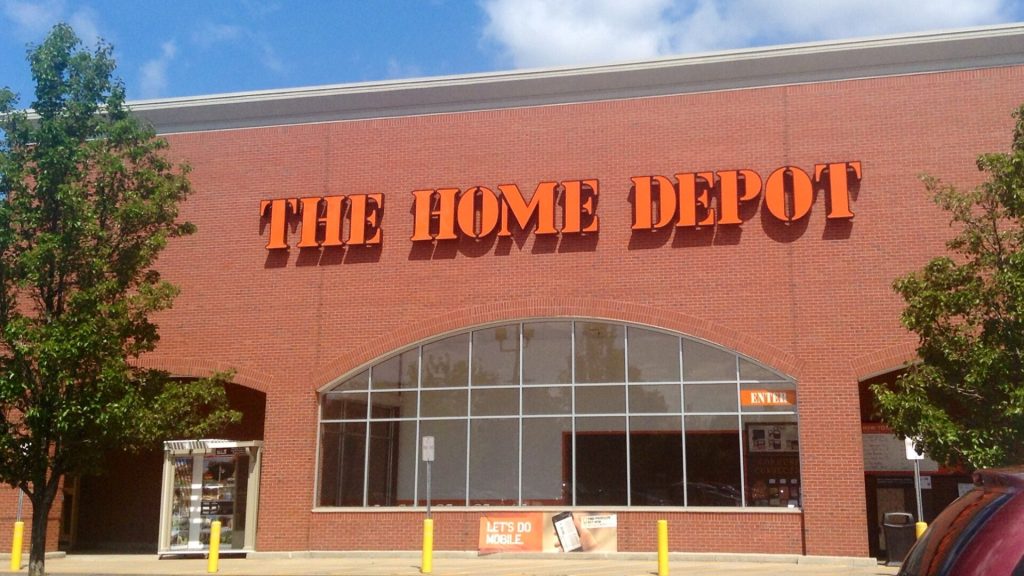
It’s good news for contractors and people who make their living in renovations. Home Depot’s expansion into the contractor space can only help people looking to fix their homes, and the added revenue will help Home Depot to improve their personal stores to better serve their individual clients over time, as well.






